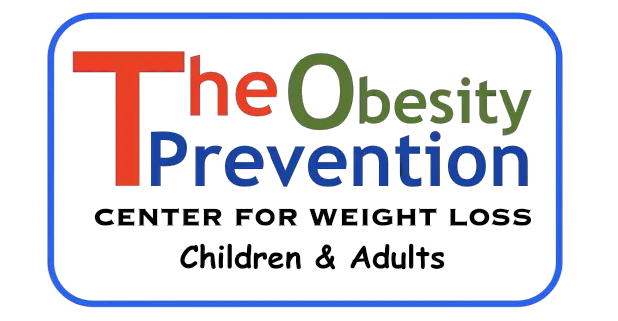
What is Adaptation?
In fitness, adaptation refers to the changes the body makes in response to the stress of exercise and training. It is the process of getting physiologically and neurologically better at a given activity.
How Does Adaptation Work?
As you perform exercises like strength training or cardio, your body experiences mechanical stress and demand for energy. This stimulates changes to nerves, muscles, bones, metabolism, and the cardiovascular system so they can handle that activity more efficiently. For example, muscles grow larger and stronger.
Examples of Exercise Adaptations
- Increased muscle size and strength
- Improved balance and coordination
- More efficient breathing and heart rate
- Greater stamina and endurance
- Increased bone density
- Burning more fat for fuel during cardio
Related Terms
- Progressive overload – Gradually increasing training volume, intensity, or frequency over time to continually challenge muscles and enhance fitness.
- Specificity – Training principle that adaptation is specific to the type of training. Strength training builds strength, endurance training builds endurance.
- Muscle memory – Ability of muscles to regain size and strength more quickly after being trained previously. Due to neural and muscle fiber adaptations.
- Muscle hypertrophy – Growth and enlargement of muscle fibers in response to training. Caused by protein synthesis exceeding breakdown from proper stimulation.
Common Questions
- Why does adaptation occur? It’s your body optimizing itself to meet the specific demand placed on it.
- How long does it take to see adaptations? Depends on training variables, but generally 4-6 weeks of consistent training.
- Do adaptations disappear after stopping training? Many regress but not fully. Muscle memory makes re-training easier.
Don’t Confuse With
- Injury – Maladaptation leading to damage, not positive improvement.
- Fatigue – Temporary tiredness from training, not a lasting adaptation.
In summary, exercise adaptation is the process of the body conforming itself over time to become better suited for the types of training you do regularly.
Thank you for reading this post, don't forget to subscribe to our free newsletter
!